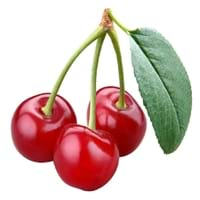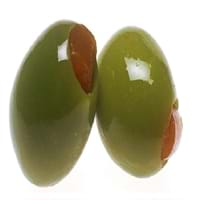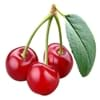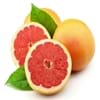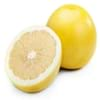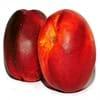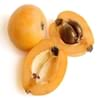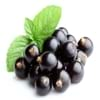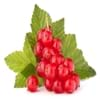Health Benefits
Arthritis prevention, Cancer prevention, Gout treatment, Regulation of heart rate, Treatment of osteoarthritis
Cancer prevention, Helps in cartilage regeneration, Prevents macular degeneration, Treatment of alzheimer's disease
General Benefits
Anti oxidant properties, Anti-inflammatory properties, Controls blood pressure, Cures headache, Digestive aid
Anti oxidant properties, Anti-inflammatory properties, Boosts immune system, Controls blood pressure, Digestive aid, Maintains healthy cholesterol level
Skin Benefits
Anti-aging benefits, Brightens and lightens complexion, Skin rejuvenation, Treatment of dark spots
Hydrates skin, Skin rejuvenation, Treatment of skin diseases
Hair Benefits
Acts as moisturizer, Protects hair, Regulates hair growth, Rejuvenates scalp
Acts as moisturizer, Good conditioner, Regulates hair growth
Allergy Symptoms
Anaphylaxis, Breathing difficulty, Fainting, Itching, Nasal congestion, Nausea, Swelling of mouth, tongue or lips, Tingling sensation in mouth, Vomiting, Wheezing
NA
Side Effects
Abdominal cramps, Allergic reaction, Bloating, Intestinal gas
Affects blood glucose levels, Dizziness, Stomach pain
Best Time to Eat
Best if taken as a breakfast (or empty stomach), As a snack in the late afternoon, Don't eat after meal, Morning time (before lunch)
Hardly eaten raw, Olive oil is consumed for many purposes.
Vitamin B5 (Pantothenic Acid)
Vitamin C (Ascorbic Acid)
Vitamin K (Phyllochinone)
Calories in Fresh Fruit with Peel
Calories in Fresh Fruit without Peel
Not Available
Not Available
Calories in Frozen Form
Not Available
Type
Tree fruit
Tree fruit
Season
Summer
Spring, Summer
Varieties
Evan, Mesabi, Meteor, Northstar, Montmorency and Mongolian
Manzanillo, Sevillano, Mission, Ascolano, Barouni, Gordal, Rubra and Picholine
Color
Red
Black, Green, Purple, Yellow
Origin
Europe, Western Asia
Eastern Mediterranean Region
Soil Type
Sandy
Well-drained
Climatic Conditions
Cold
Warm to hot climate
Facts about
- Using 1/4 tablespoon of almond extract with cherries, brings out the real flavor of cherries.
- In earlier times, serving cherry pie with ice cream was prohibited.
- 23 April is National cherry cheese cake day.
- In ancient Greece, 1st eye shadow was made by adding olive oil in ground charcoal.
- The most expensive form of olive oil is Extra Virgin.
- Largest type of olive tree is known as donkey tree & smallest one is called bullet.
Top Producer
Turkey
Spain
Other Countries
Albania, Armenia, Austria, Azerbaijan, Belarus, Croatia, Denmark, Germany, Hungary, Iran, Italy, Macedonia, Moldova, Poland, Russia, Serbia, Ukraine, United States of America, Uzbekistan
Algeria, Egypt, Greece, Italy, Morocco, Portugal, Syria, Tunisia, Turkey
Top Importer
Germany
United States of America
Top Exporter
Poland
Italy
Botanical Name
Prunus cerasus
Olea europaea
Synonym
Not Available
Not Available
Subkingdom
Tracheobionta
Tracheobionta
Division
Magnoliophyta
Magnoliophyta
Class
Magnoliopsida
Magnoliopsida
Species
P. cerasus
O. europaea
Difference Between Sour Cherry and Olive
We might think that Sour Cherry and Olive are similar with respect to nutritional value and health benefits. But the nutrient content of both fruits is different. Sour Cherry and Olive Facts such as their taste, shape, color, and size are also distinct. The difference between Sour Cherry and Olive is explained here.
The amount of calories in 100 gm of fresh Sour Cherry and Olive with peel is 50.00 kcal and 115.00 kcal and the amount of calories without peel is Not Available and Not Available respectively. Thus, Sour Cherry and Olive belong to Low Calorie Fruits and High Calorie Fruits category.These fruits might or might not differ with respect to their scientific classification. The order of Sour Cherry and Olive is Rosales and Lamiales respectively. Sour Cherry belongs to Rosaceae family and Olive belongs to Oleaceae family. Sour Cherry belongs to Prunus genus of P. cerasus species and Olive belongs to Olea genus of O. europaea species. Beings plants, both fruits belong to Plantae Kingdom.
